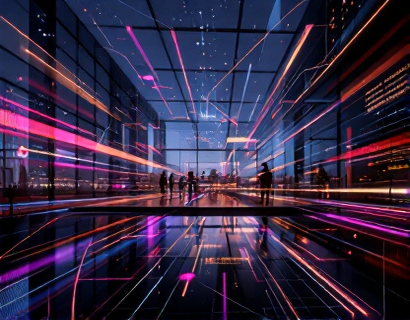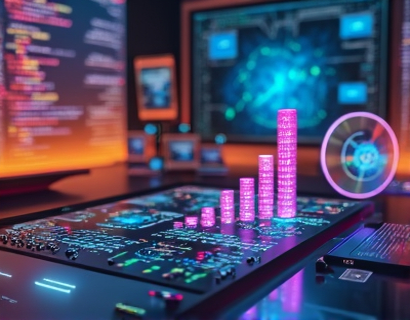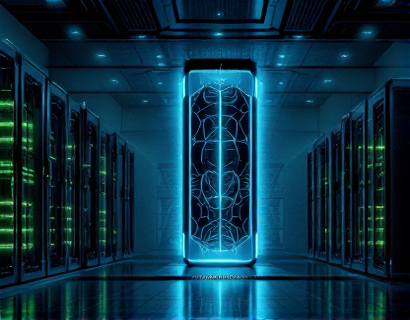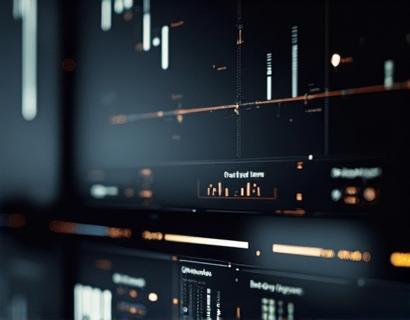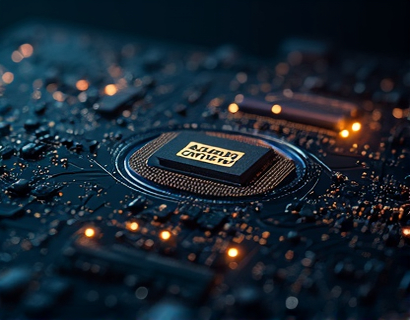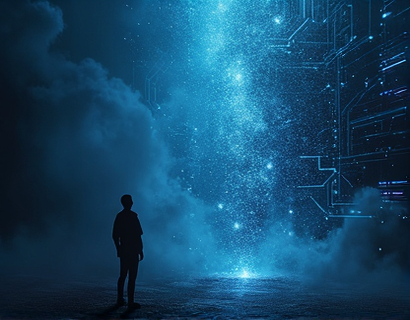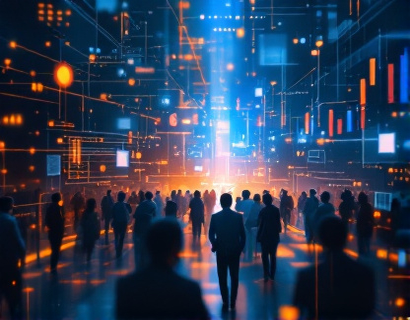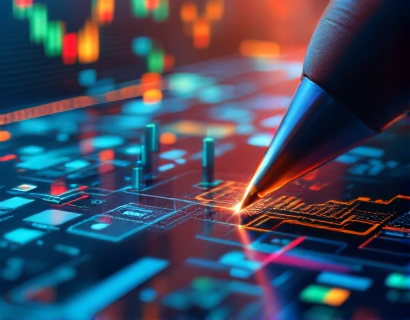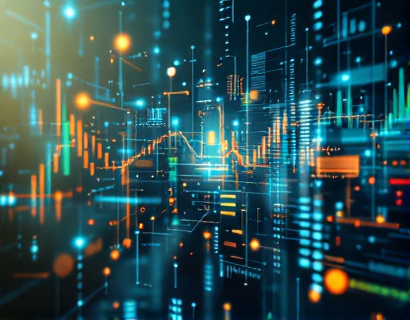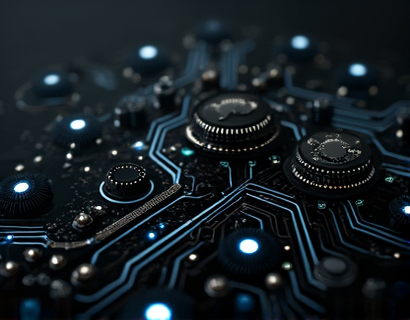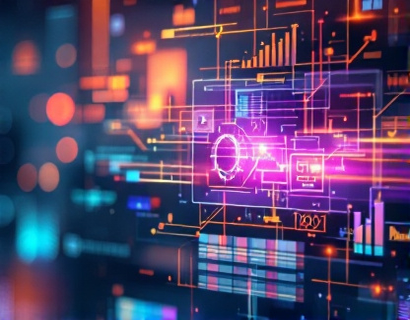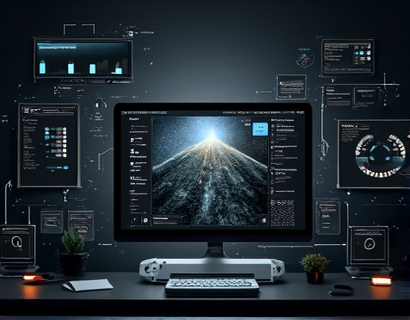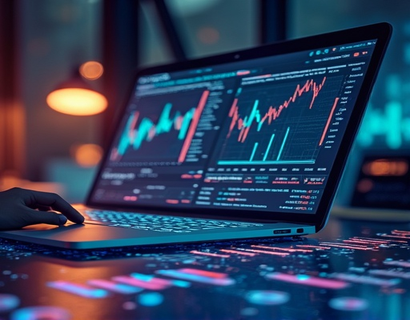Decentralized Transformation: Harnessing AI and Crypto for Next-Gen Digital Innovation in the Ucosystem
The digital landscape is undergoing a profound transformation, driven by the convergent powers of artificial intelligence (AI) and cryptocurrency. This synergy is giving rise to a new era of decentralized applications and intelligent systems, fundamentally reshaping how we interact with digital solutions. The integration of AI and crypto is not just a technological advancement but a paradigm shift that promises to enhance user engagement, security, and efficiency across various sectors. This article delves into the transformative potential of this union, exploring how decentralized applications (dApps) and AI-driven services are redefining the digital experience.
The foundation of this transformation lies in the decentralized nature of blockchain technology, which underpins cryptocurrency. Blockchain's inherent characteristics—transparency, immutability, and decentralization—provide a robust framework for building trust and security in digital transactions. When combined with AI, which excels in data analysis, pattern recognition, and autonomous decision-making, the result is a powerful toolset for innovation. This combination enables the creation of dApps that are not only secure and transparent but also intelligent and adaptive to user needs.
One of the key areas where AI and crypto are making a significant impact is in the realm of finance. Decentralized Finance (DeFi) platforms are reimagining traditional financial services by leveraging blockchain and AI to offer decentralized lending, borrowing, trading, and asset management. These platforms eliminate intermediaries, reducing costs and increasing accessibility. AI algorithms can analyze vast amounts of financial data to predict market trends, optimize portfolios, and automate trading strategies, all within a decentralized and secure environment. This fusion not only democratizes financial services but also enhances the efficiency and accuracy of financial operations.
Beyond finance, the healthcare sector is another domain where the integration of AI and crypto is driving innovation. Blockchain technology ensures the secure and privacy-preserving sharing of medical records, while AI algorithms can analyze these records to provide personalized treatment recommendations. Smart contracts on the blockchain can automate insurance claims and drug supply chains, ensuring transparency and reducing fraud. AI-driven diagnostic tools can process medical images and patient data to assist doctors in making more accurate diagnoses, all while maintaining patient data privacy and security.
The entertainment industry is also experiencing a digital renaissance thanks to the combination of AI and crypto. Blockchain-based platforms are enabling creators to monetize their content directly, bypassing traditional intermediaries. AI algorithms can analyze viewer preferences and behavior to curate personalized content recommendations, enhancing user engagement. Virtual reality (VR) and augmented reality (AR) experiences, powered by AI, are being tokenized on blockchain networks, allowing users to own and trade unique digital assets. This not only creates new revenue streams for content creators but also provides users with unprecedented levels of ownership and control over their digital experiences.
In the realm of supply chain management, the synergy between AI and crypto is revolutionizing how goods are tracked and traded. Blockchain provides a transparent and tamper-proof ledger for recording transactions, while AI can optimize logistics and predict supply chain disruptions. Smart contracts can automate payments and ensure compliance with regulatory standards, reducing delays and costs. This combination enhances traceability, reduces fraud, and improves overall efficiency, making supply chains more resilient and responsive to market demands.
The education sector is not lagging behind in this digital transformation. Blockchain-based platforms can securely store and verify educational credentials, eliminating the need for intermediaries and reducing the risk of fraud. AI-powered learning platforms can adapt to individual learning styles and paces, providing personalized educational experiences. Token-based incentive systems can motivate students and educators, fostering a more engaging and effective learning environment. The decentralized nature of these platforms ensures that educational resources are accessible to a global audience, breaking down barriers to learning.
The environmental impact of this technological convergence should not be overlooked. Blockchain and AI can play a crucial role in promoting sustainability and combating climate change. AI algorithms can optimize energy usage in smart grids, predict environmental changes, and monitor ecological conditions in real-time. Blockchain can facilitate the creation and trading of carbon credits, incentivizing companies to reduce their carbon footprint. Decentralized platforms can also enable community-driven initiatives for conservation and renewable energy projects, empowering individuals to contribute to a greener future.
The development of decentralized applications (dApps) is at the heart of this transformation. dApps leverage blockchain's decentralized architecture and AI's computational capabilities to create applications that are more secure, transparent, and user-centric. These applications can range from decentralized social media platforms that give users control over their data, to decentralized gaming environments where players own and trade in-game assets. The use of smart contracts ensures that transactions are automated and trustless, reducing the need for centralized authorities and intermediaries.
However, the journey towards a fully decentralized and AI-enhanced digital ecosystem is not without challenges. One of the primary hurdles is scalability. Current blockchain technologies face limitations in transaction throughput, which can hinder the widespread adoption of dApps. Research into layer 2 solutions, such as sidechains and state channels, is ongoing to address these scalability issues. Additionally, the integration of AI with blockchain requires robust data management and privacy protocols to ensure that sensitive information is protected while still being utilized effectively.
Regulatory frameworks are another area that needs attention. As decentralized technologies and AI applications become more prevalent, governments and regulatory bodies must develop clear guidelines to ensure compliance and protect consumers. This includes addressing issues related to data privacy, anti-money laundering (AML), and know-your-customer (KYC) requirements. Collaboration between technologists, policymakers, and industry stakeholders is essential to create a balanced regulatory environment that fosters innovation while safeguarding public interests.
The future of the digital landscape is increasingly decentralized and intelligent, with AI and crypto at the forefront. The convergence of these technologies is not just about building new tools and platforms but about creating a more equitable, transparent, and efficient digital world. As the Ucosystem continues to evolve, it is crucial for tech-savvy individuals and organizations to embrace this transformation, exploring the endless possibilities that AI and crypto offer. By doing so, we can unlock the full potential of decentralized applications and AI-driven services, paving the way for a brighter and more connected future.



